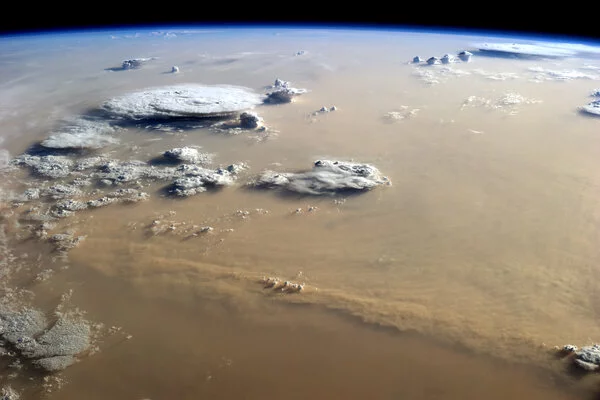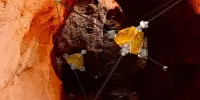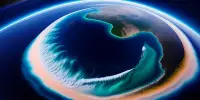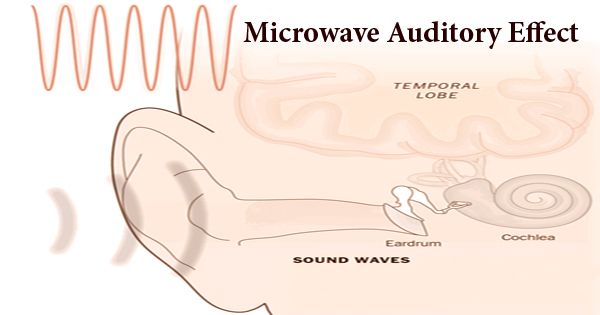Dust storms are common on Mars and can be caused by a variety of factors, including seasonal changes and wind patterns. These storms can have significant impacts on the planet’s atmosphere, climate, and surface features. One potential factor that may contribute to the intensity and frequency of dust storms on Mars is the presence of electricity. Electric fields can be generated by a variety of processes, including the interaction between solar radiation and the planet’s atmosphere, as well as the movement of charged particles in the atmosphere and on the surface.
Mars is notorious for its intense dust storms, which can be seen by telescopes on Earth. When dust particles rub against each other, as they do in Martian dust storms, they can become electrified, transferring positive and negative electric charge in the same way that shuffle across a carpet does. Strong electric fields form in dust storms on Earth, so it’s not surprising that this occurs on Mars. But what happens next? Unlikely to be a sudden flash of lightning, as we might expect on Earth.
Instead, planetary scientist Alian Wang of Washington University in St. Louis believes that electrical discharge on Mars resembles a faint glow. (No Mars landers, rovers, or other missions have captured a true image of it.)
“It could be similar to the aurora in polar regions on Earth, where energetic electrons collide with dilute atmospheric species,” said Wang, an Arts & Sciences research professor of earth and planetary sciences.
Whether it’s flashy or not, this Martian “faux-rora” still packs a powerful punch. According to Wang’s new study published in the journal Geophysical Research Letters, electricity in dust storms could be the primary driving force of the Martian chlorine cycle.
These findings offer support that Martian dust activities can drive a global chlorine cycle. With the ExoMars Trace Gas Orbiter, we see repeated seasonal activity that coincides with global and regional dust storms.
Kevin Olsen
For context, scientists believe chlorine is one of five elements that are “mobile” on Mars (the others are hydrogen, oxygen, carbon and sulfur). This means that chlorine in various forms moves back and forth between Mars’ surface and atmosphere. Chloride deposits, which are similar to saline playas or shallow salt flats on Earth, are common on the ground. These chloride deposits were most likely formed during Mars’ early history as precipitated chloride salts from brine.
Wang’s new study demonstrates that one particularly efficient method of moving chlorine from the ground to the air on Mars is through reactions triggered by electrical discharge generated by Martian dust activities.
Wang and her colleagues performed a series of experiments in which they obtained high yields of chlorine gasses from common chlorides by zapping the solid salts with an electrical discharge under Mars-like conditions. These experiments were carried out at Washington University using a planetary simulation chamber (called the Planetary Environment and Analysis Chamber, or PEACh).
“The high rate of chlorine release from common chlorides revealed by this study suggests a promising pathway to convert surface chlorides to the gas phases that we now see in the atmosphere,” said Kevin Olsen, a research fellow at The Open University in the United Kingdom and one of the study’s co-authors.
“These findings offer support that Martian dust activities can drive a global chlorine cycle. With the ExoMars Trace Gas Orbiter, we see repeated seasonal activity that coincides with global and regional dust storms,” he said.

Easier on Mars than on Earth
“Frictional electrification is a common process in our solar system, with Martian dust activities known to be a powerful source of electrical charge buildup,” said Wang, who is a faculty fellow of the university’s McDonnell Center for the Space Sciences. “The thin atmosphere on Mars makes it much easier for accumulated electrical fields to break down in the form of electrostatic discharge. In fact, it’s a hundred times easier on Mars than on Earth.”
Scientists involved in the Viking missions that landed on Mars in the 1970s first proposed that dust storms could be a source of the red planet’s new reactive chemistry. The chemical effects of dust activities, on the other hand, were difficult to investigate. Certain mission opportunities, such as the ExoMars Schiaparelli EDM launched in 2016, were unsuccessful. Models and experimental studies were used by scientists.
Wang and colleagues published research in recent years demonstrating that when electrostatic discharge interacts with chlorine salts in a Mars-like carbon-dioxide-rich environment, it can generate perchlorates and carbonates as well as release chlorine as a gas. However, this is the first study to attempt to quantify how much of these chemical products are actually produced during dust storm events.
“The reaction rates are enormous,” Wang stated. “Most importantly, the chlorine released in a short-time mid-strength electrostatic discharge process is at a percent level.” This means that during a seven-hour simulated electrostatic discharge experiment, at least one chloride molecule out of every 100 is decomposed and its chlorine atom is released into the atmosphere.
Carbonates and perchlorates have similar but slightly lower formation rates, Wang said, at sub-percent and per-thousand levels. Because of these high yields, Wang and her colleagues believe that Martian dust activities are linked to three global phenomena recently discovered by Mars missions.
According to her, electrical discharge can be linked to the extremely high concentrations of perchlorate and carbonate in Martian topsoil around the world. Quantitatively, the observed concentration ranges can be accumulated by dust storm-induced electrical discharge in less than half the time of the Amazonian period, the most recent period of Mars’ history, which is thought to have begun around 3 billion years ago. Furthermore, assuming a 1 to 10 cm thickness of Martian surface dust is kicked up by a global dust storm, the high yield of released chlorine atoms from chlorides can account for the high concentrations of hydrogen chloride observed in the Martian atmosphere during the 2018 and 2019 dust seasons.
















